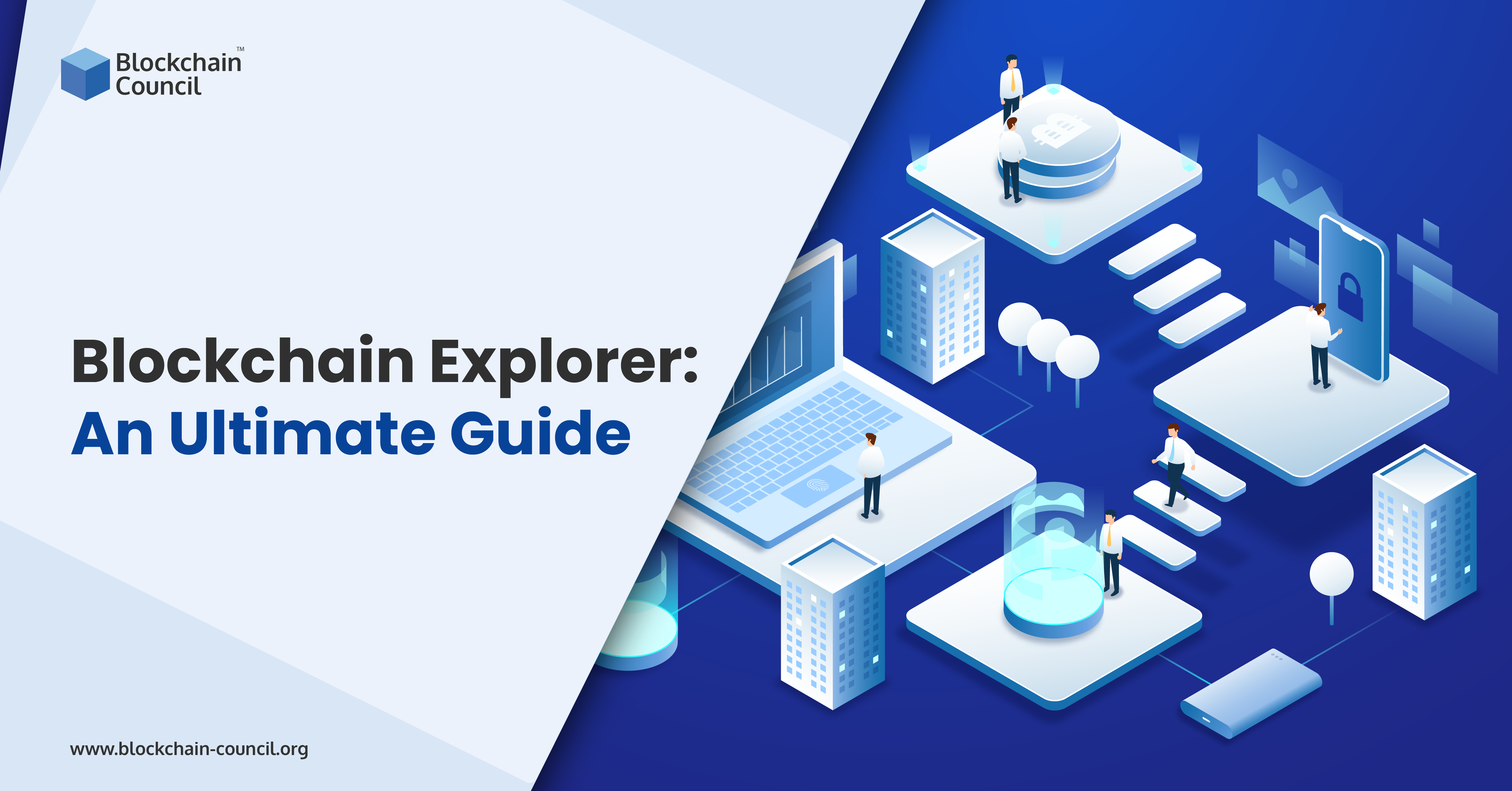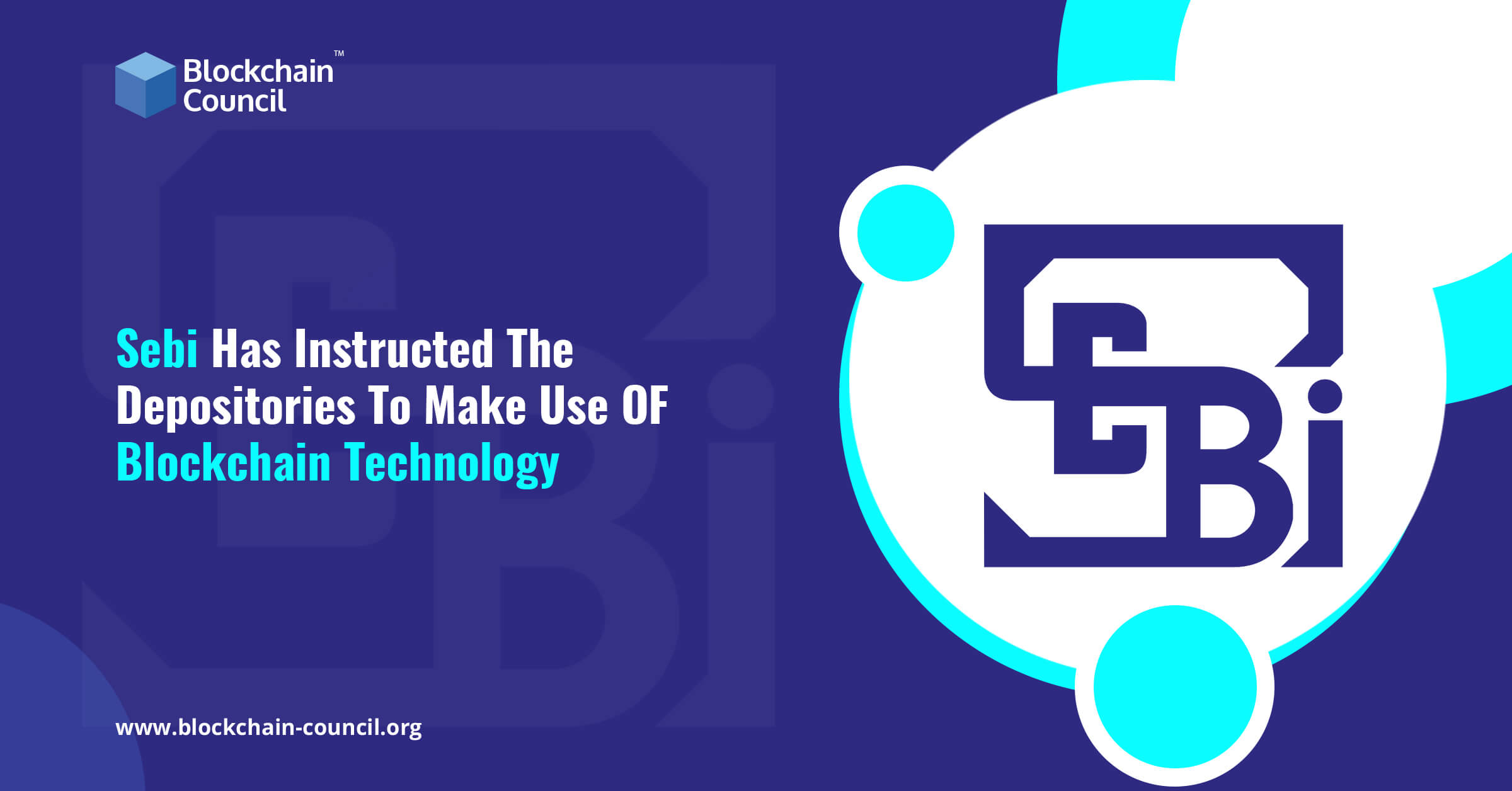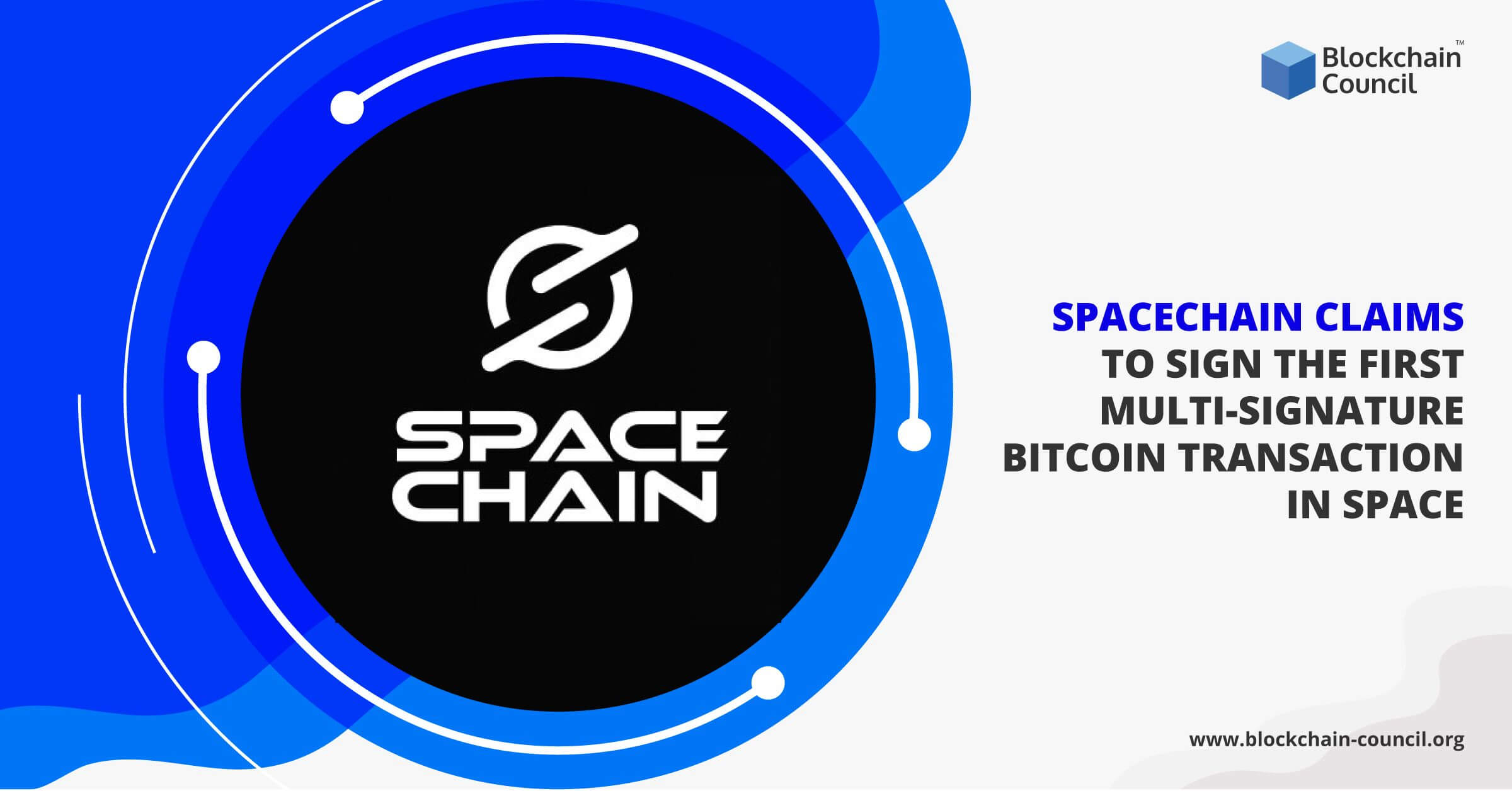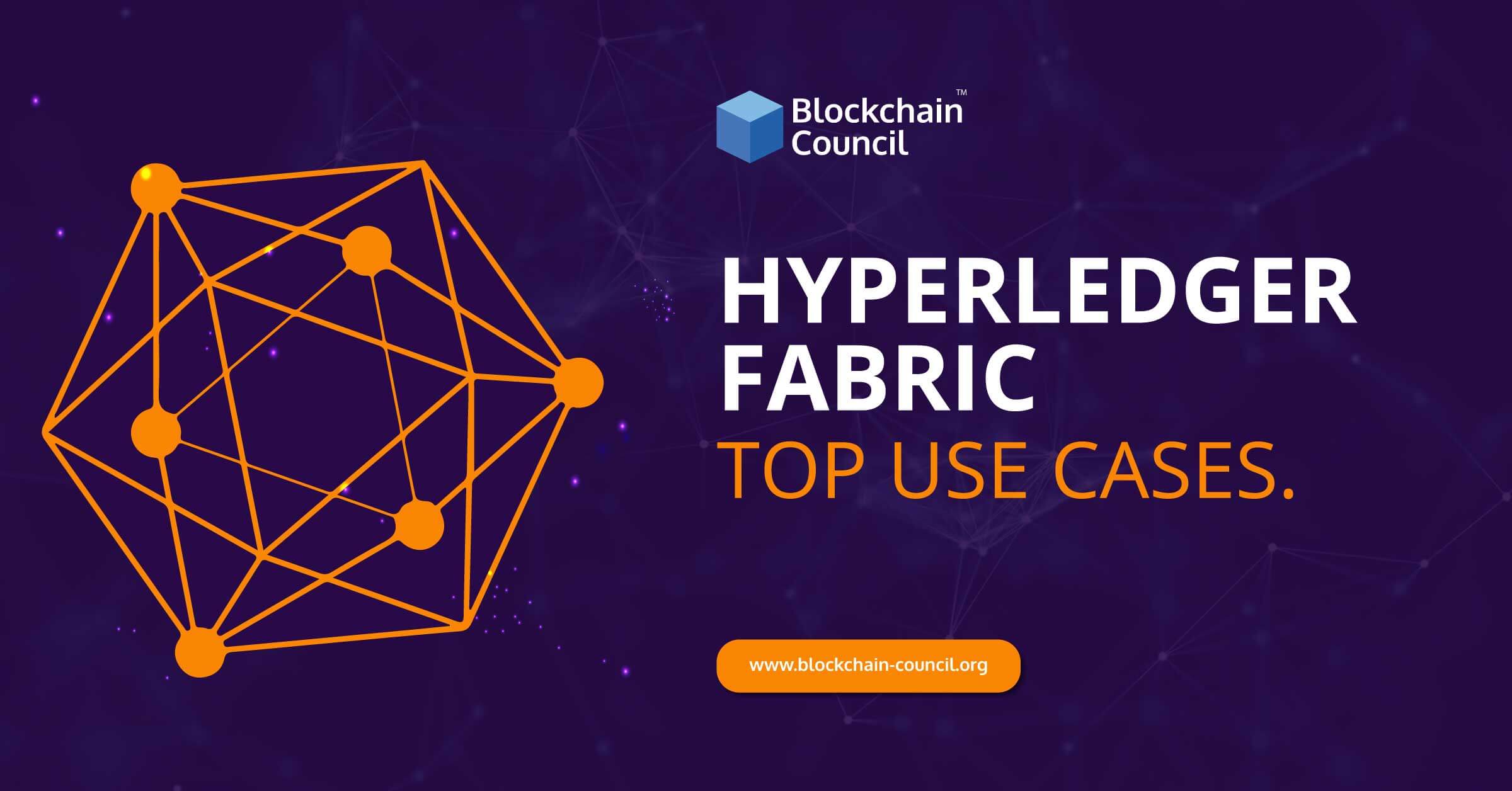
- Ayushi Abrol
- May 03, 2024
Peer-to-peer networks are standard in blockchain technology or distributed ledger technology. Nodes or computers on the blockchain are protected by encryption and blockchain-specific protocols for executing transactions.
It doesn’t matter whether blockchain was initially built to support cryptocurrency platforms such as Ethereum and Bitcoin; it has been used in various businesses. A significant factor in blockchain’s vast range of applications is the technology’s ability to provide completely transparent and unbiased verification procedures.
The administration of digital assets and the execution of transactions are two of the most prevalent uses of blockchain. An example of a specific tool for examining and managing digital assets is the blockchain explorer. The following discussion takes a deep dive into the unique tool for reviewing the blockchain, including explaining how it works and several examples of how it might be used.
Blockchain Explorer
The definition is always one of the first things to be addressed in a blockchain explorer instruction. It’s a blockchain network search engine. Users of Bitcoin Block Explorer, a cryptocurrency program, may learn more about specific transactions and wallet addresses on the blockchain.
The block explorer is a search engine that may display information about a blockchain’s history and current condition. A blockchain explorer is used to easily observe all of the transactions on a public blockchain.
It’s necessary to consider the tool’s technological features even if the fundamental description of “block explorer” makes things seem more manageable. Blockchain nodes and APIs solve the question, “What is blockchain explorer?,” from the technological standpoint. The program uses nodes and APIs to access the blockchain network’s many forms of data.
After that, the explorer uses a database to organize the data that users seek and deliver it to them in an easy-to-understand manner. When it comes to most users, a blockchain explorer may be a valuable tool for browsing and studying data about recent blocks or recent blockchain transactions. Thanks to the explorer, users may also see blocks now being mined in real-time, along with the data that goes with them.
History of Blockchain Explorers
So, how did this all begin? Due to problems in analyzing blockchain transactions.
For instance, you wish to check the integrity of a person’s claim to have sent you cryptocurrency. But the trade may have been halted or refused entirely in rare situations.
In addition, traversing blockchains posed severe challenges, mainly because of the precise structuring of data. The indexing and grouping of data are made possible by how blockchain saves and organizes data. As a result, extra software was required to improve the readability and accessibility of blockchain data.
Blockchain transaction data might best be accessed using a command-line interface. However, command-line access to blockchain transactions necessitates professional programming skills. An easy-to-navigate graphical user interface was required for blockchain platforms to be used.
In November of that year, just around the time Bitcoin went online, the first-ever blockchain explorer was released specifically for the Bitcoin blockchain. Blockexplorer.com, which provides real-time statistics for the Bitcoin blockchain, replaced the explorer as the primary source of Bitcoin information.
BTC Explorer: What Is the Purpose?
Blockchain explorers all serve the same purpose: to offer a practical and easy interface for retrieving data stored on an open ledger.
- You may either view transactions and public addresses or search a block on the blockchain using most explorers. You’ll get an update on the current status of transactions and look into the transaction history of individual currencies using these tools.
- You may search and see the Bitcoin transaction history of any wallet address using BTC explorers, enabling more openness on the Bitcoin blockchain. In addition, they allow users to receive and update their email addresses. As an additional benefit to obtaining the transaction address, users may also view the altered address, a return of crypto to the spender that helps keep transaction costs low. Users of blockchain explorers like blockchain.info may also look into the day’s most significant trade.
- It is possible to see all the pending transactions in the Bitcoin memory pool using a BTC explorer (mempool). These transactions, which are awaiting confirmation by a miner, represent the fees paid on the network. Before completing a transaction, it is helpful to know how busy the network is and how much the cost is.
Some blockchain explorers believe it’s possible to determine how many transactions are performed twice on a particular blockchain. Additionally, BTC explorers let users look for orphaned blocks. Even though they were mined, these blocks aren’t linked to the longest blockchain, making it impossible to determine their origins. The initial block of a particular chain may also be found using a BTC explorer.
An Overview Of BTC Explorer’s Features
- The explorer’s transaction hash is a random string of characters used to identify a transaction.
- The maximum transaction size in a Bitcoin block is 1 MB. You can see the available block space in the explorer in units of the transaction’s occupying space.
- The explorer displays the charge for each transaction. When a transaction occurs, the sender must pay a modest fee to the miner who verifies it. This charge is determined by the transaction size and the fee rate selected by the sender.
How Blockchain Explorers Operate –
With a solid understanding of what blockchain explorers are, how they work, and why they’re essential, it’s time to move on to the next important component of a blockchain explorer guide. Learning about blockchain explorers is a fascinating experience for any novice. Block explorers like blockchain.com may be used to understand better how they function.
In addition to the number of transactions, volume, price, and predicted hash rate shown daily. In addition, some charts show the price and the size of the mempool. Look at the explorer’s interface’s bottom section to keep track of the most recent blocks and transactions.
Price
The explorer portal’s pricing section displays several marketplaces’ compiled USD price feed. The price is mainly determined solely by the feed’s source, without reference to market rates.
Transactions
Blockchain explorer portal transactions are a snapshot of the past 24 hours’ worth of unique transactions. For verification, a transaction must be included in a block that is verified.
Assumed Hash Rates
A further use for blockchain explorers is to see the predicted computational resources blockchain miners will employ. The expected hash rate may gauge security in a Proof of Work (PoW) blockchain.
Size Of The Mempool
One of the most significant components of learning how to use blockchain explorers is learning about the size of the mempool. In a sense, the size of the mempool is a proxy for the activity on the blockchain. But perhaps most importantly, it can demonstrate the costs associated with expediting transaction confirmations.
Amount Of Money Spent
Over the last 24 hours, blockchain transactions have verified a total value of $2 trillion worth of outputs. The unspent outputs are also added to the overall volume of transactions and returned to the spending wallet as change.
Volume Of Transactions Anticipated
An estimate of the actual amount of transactions sent between wallets is known as transaction volume. Transaction value minus projected outputs returning as change is the estimated transaction volume.
Most Recent Block
The most recent blocks are an essential consideration when using a blockchain explorer. Block explorers may aid by displaying the verified blocks in chronological order, from the most recent to the oldest. Information about the blocks, such as their timestamp, size, and height, may be gleaned from the functionality.
How Do I Find A Bitcoin Blockchain Using The Internet?
An explorer lets people query blockchains after solving a cryptographic challenge that confirms a group of transactions as authentic. Machine-readable inputs are shown on the user interface using the interface’s converter.
As a result, downloading the Bitcoin ledger consumes considerable resources. The seeding and verification process used by the Bitcoin Core wallet to download the chain necessitates a fast connection. It is possible to get the Bitcoin Core wallet from the Bitcoin website.
Using Blockchain Explorer, What else should I Do?
The next question would naturally be about using the tool in a blockchain explorer tutorial. While learning about blockchain explorer for the first time, any novice would be curious about the various activities they may perform. You may utilize blockchain explorers in multiple ways, as outlined below.
Wallet Address:
Using blockchain explorers, you may see all the transactions that have occurred at a specific wallet address. They might make it possible for consumers to check the authenticity of particular wallet addresses while also enhancing blockchain transparency.
Transaction History:
Blockchain explorers may be used to observe the most recent transaction history. Users may see the transaction’s receiving address and the change address. The use of a change address is essential to ensure that transaction fees do not get an excessive amount of input value, thereby boosting transaction transparency.
In addition, several of the blockchain explorers can identify a day’s most significant transaction.
- A blockchain explorer may also be used to study the specifics of a blockchain’s unconfirmed transactions. Unconfirmed transactions may be accessed using Mempool Status.
- Stale blocks with validated parent sources may also be found using blockchain explorers, even if there is no connection to the longest chain.
- Orphaned blocks are another typical use case for blockchain explorers. A block is considered orphaned if it has no known parent blockchain.
- It’s also possible to employ blockchain explorers to find instances of “double-spend” transactions on the network.
- Block explorers also allow users to see transaction fees with the difficulty of the blockchain and other information.
- In a blockchain explorer lesson, it is essential to incorporate the ability to navigate the pool of minors or persons who are accountable for mining a particular block in any relevant blockchain. Using the block’s height, the explorers may identify the people or groups responsible for mining it.
- Blockchain explorers may also contribute to discovering the genesis blocks, which form the basis of a blockchain. The first block generated on a specific chain may be readily accessed, along with the miner’s name and other relevant information.
Blockchain Explorers Has Several Benefits
As can be seen from all of the varied responses to the question, “How do I utilize blockchain explorer?” What’s more, why are blockchain explorers the best way to learn about a blockchain’s workings? Blockchain wallets, which provide you access to various data, are another option for browsing and managing assets on the blockchain.
On the other hand, Blockchain wallets often limit the data you may access to just those connected with the keys under the wallet’s control. On the other hand, Blockchain explorers may be used to see transaction data from all wallets on a particular blockchain. Let’s look at the benefits of using blockchain explorer rather than other blockchain management solutions.
- Checking the balances and expenses of innovative contract addresses may provide significant transparency to users of the blockchain explorer.
- Before transmitting crypto assets to someone, you may use a block explorer to check the legitimacy of the wallet address.
- You may also verify that a transaction has been sent to the intended recipient using blockchain explorers. In essence, it serves as proof to the public that you engaged in business with the person in question. As a bonus, the explorer lets users check their wallet balances at any time.
- Additionally, blockchain explorer tutorials may clarify differences in transactions that are now being processed or that have already been verified. In addition, blockchain explorers may assist in determining any issues that may have occurred throughout the various verification stages.
- Wallet and other software developers may benefit from the explorers’ input in determining what additional features and functionalities are required. Additionally, developers may verify that their wallets transmitting, receiving, and keeping cryptocurrency are well-programmed.
- However, blockchain explorer can be a valuable tool for determining whether or not to make future investments in computer resources to support mining activities.
Conclusion
This conversation demonstrates the critical differences between blockchain explorers. A blockchain explorer is the most accessible and flexible way to use blockchain features without knowing how to program. Every prospective blockchain expert should learn more about blockchain explorers.
Indeed, blockchain explorers are well-suited for technical and management jobs in the blockchain industry. Better financial choices may be made for blockchain initiatives with the help of blockchain explorers, who can also improve the quality of the solutions.





































































 Guides
Guides News
News Blockchain
Blockchain Cryptocurrency
& Digital Assets
Cryptocurrency
& Digital Assets Web3
Web3 Metaverse & NFTs
Metaverse & NFTs
